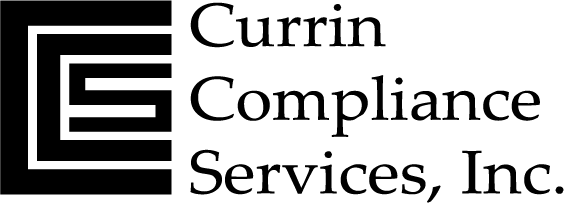Insurance Regulation Outside the US
Last week the Federal Insurance Office (FIO) released its first annual report, as is required under the Dodd-Frank Wall Street Reform and Consumer Protection Act. However, I noticed that many of the headlines I have seen are not about the annual report itself, but about the lack of the long awaited modernization report. From www.InsuranceTech.com: Insurers Still Waiting for Regulatory Modernization Report. From www.propertycasualty360.com: FIO Report Released, but It’s Not the Long-Awaited One. The Modernization Report, which is supposed to outline proposals for modernizing and improving insurance regulation, was required by Dodd-Frank to be released within 18 months of its enactment. That deadline (January 2012) has come and gone, but the report has not yet been released and it is not clear exactly when it will be. Michael McRaith, director of the FIO, said last week, “FIO expects to produce a number of additional reports this year, including the report on how to modernize and improve the system of insurance regulation in the United States.”
While skimming over the annual report, and in anticipation of the FIO modernization report and the possibility of federal regulation of the industry, I became curious about exactly who and how insurance is regulated across the world. Last month at the annual Education Day held by the New England Chapter of the Association of Insurance Professionals (AICP), I was amazed at the statistics presented by Eric Nordman of the NAIC. Mr. Nordman shared a ranked list of the total 2011 Premium Volume by country. However, because the United States is so far above the rest of the world, the list shows each state individually. The top 10 on the list are: 1) Japan, 2) United Kingdom, 3) France, 4) Germany, 5) PR China, 6) California, 7) Italy, 8) New York, 9) South Korea, and 10) Canada. In the office here, we often joke about how hard it is to explain to people what we do and that it often results in bored and blank stares in our direction, so I was happy to have this piece of interesting information to take home with me! This information also fueled my curiosity in the global insurance marketplace and how it is regulated, so I decided to take a little time to research and educate myself, and here is what I learned.
1) Japan – The insurance industry in Japan is monitored by the Financial Services Agency (FSA), which also monitors bank and securities companies. The FSA has a Commissioner who oversees the Planning and Coordination Bureau, which is responsible for the overall coordination of the FSA and policy-making concerning the financial system, the Inspection Bureau which is responsible for the inspection of private-sector financial institutions and the Supervisory Bureau which is responsible for the supervision of private-sector financial institutions. The Prime Minister of Japan is responsible for licensing insurers and reinsurers.
2) United Kingdom – Beginning in 2001, the insurance industry in the United Kingdom was regulated by the Financial Services Authority. However, the Financial Services Act 2012 abolished the Financial Services Authority effective April 1, 2013 and replaced it with the Prudential Regulation Authority (PRA) and the Financial Conduct Authority (FCA), which are part of the Bank of England. The PRA has three departments: Banking, which supervises UK banks; Insurance, which supervises UK general and life insurers; and Policy, which develops policy and rules. The FCA has eight primary divisions: Authorisations, Communication & International, Enforcement & Financial Crime, Markets, Policy Risk and Research, Supervision, Operations, and Corporate Services. According to the PRA website, the PRA “will be particularly concerned about the harm that firms can cause to the stability of the financial system” while the FCA “will seek to ensure that consumers get a fair deal.”
3) France – In 2010, France combined its banking and insurance regulating bodies into one, the Autorite de Controle Prudentiel (ACP), which translates to the Prudential Supervisory Authority. Within the ACP there is the Les formations du college (which translates to Training College) composed of 19 members. There is the Whole College, which focuses on general issues of supervision on financial stability, as well as sub-colleges. The banking sub-college focuses on specific issues to banking, the insurance sub-college focuses on specific issues to insurance, and the small sub-college examines individual issues with significant impact on both sectors. The Training College establishes various Advisory Committees to assist on special topics, such as the Fight Against Money Laundering Commission and the Trade Practice Commission. There is a separate Sanctions Committee, which has disciplinary authority and is separate from the Training College. Lastly, there is a General Secretariet who is responsible for the operational management of the ACP, including budgeting, IT and human resources.
It is clear that the regulation of the financial services industry is evolving throughout the world, it is no surprise that it is evolving in the US as well.
